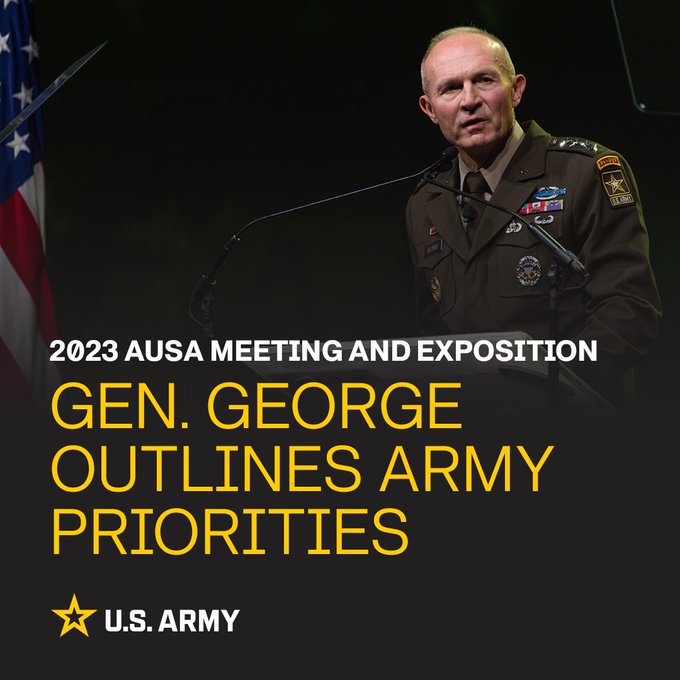You are using an out of date browser. It may not display this or other websites correctly.
You should upgrade or use an alternative browser.
You should upgrade or use an alternative browser.
Uncrewed Aircraft Systems (UAS) catch-all thread
- Thread starter dimsum
- Start date
- Reaction score
- 13,746
- Points
- 1,260
Agreed. Domestic C-UAS is a mess of intersecting jurisdictions based on airspace, land, etc.@Kirkhill you can’t realistically put APS on Embassies, while you may own the land, but you don’t own the airspace and the area around.
Embassies realistically are EW/DE protection areas, as well as ensuring the sites are hardened.
*unless you get into the massive compound structures we (the US) had in Iraq and Afghanistan, and have a larger security perimeter, as well as large security force, combined with the willingness to create host nation casualties by your defensive measures.
Furthermore having been part of a security audit of the CDN Embassy in Afghanistan, Canada doesn’t have the right mentality.
While the CAF sometimes (depending on what part of it) takes security seriously, the rest of the GoC is utterly devoid of that sort of mentality.
- Reaction score
- 17,154
- Points
- 1,260
- Reaction score
- 7,417
- Points
- 1,160
Assuming that all parties understand all the rules identically and follow them, or that there is a plentiful supply of judges on hand to arbitrate the disputes in a timely fashion...
Is this information still valid re the Trophy APS from 2007
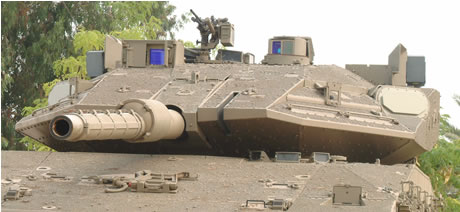
 defense-update.com
defense-update.com
I've always understood that the Trophy system had to not only manage incoming threats but also do it in a fashion that minimizes the risks to accompanying troops. A 20-60 meter bubble in an Embassy compound, or for that matter domestically, doesn't seem implausible to me.
Is this information still valid re the Trophy APS from 2007
From the briefing provided by US sources, Defense Update understands that Trophy is design to form a “beam” of fragments, which will intercept any incoming HEAT threat, including RPG rockets at a range of 10 – 30 meters from the protected platform.

Trophy Active Protection System - Defense Update:
The Trophy Active Defense System (ADS) was developed by RAFAEL under an Israel Defense Research & Development Directorate (DRDD) support, aiming to provide armored vehicles with a new level of protection against most current anti-tank threats.
I've always understood that the Trophy system had to not only manage incoming threats but also do it in a fashion that minimizes the risks to accompanying troops. A 20-60 meter bubble in an Embassy compound, or for that matter domestically, doesn't seem implausible to me.
- Reaction score
- 5,318
- Points
- 1,040
The jurisdictions on this is pretty interesting; had a briefing from a fire chief down in the US that was using a drone to help with things like shipboard fires and industrial fires; it looked extremely useful, with an IR camera as well, but they had to get licences by the US authority (whose name escapes me).
The French Navy is also using them to help with oil spill cleanup and some other similar type things, and they also had to go through an extensive bit of training to get licensed, once they figured out what the processes and requirements were.
Wish we would figure this stuff out along with the procurement, but generally think because of resource constraints it never gets prioritized until you get closer to delivery, with some pretty crazy assumptions sometimes made that jeopardize being allowed to actually use it.
The French Navy is also using them to help with oil spill cleanup and some other similar type things, and they also had to go through an extensive bit of training to get licensed, once they figured out what the processes and requirements were.
Wish we would figure this stuff out along with the procurement, but generally think because of resource constraints it never gets prioritized until you get closer to delivery, with some pretty crazy assumptions sometimes made that jeopardize being allowed to actually use it.
Colin Parkinson
Army.ca Myth
- Reaction score
- 9,309
- Points
- 1,160
In the civil world, drones are busy eating up the bread and butter jobs that keep a lot of small aviation companies going. that means less jobs for pilots who TC uses to regulate the industry. so in effect you are asking people to slit their own throats and that of their buddies when it comes to writing regulation. Also TC is terrible at adapting to new technology, even inside we call it the "Department of No". Add in how long it takes for government to change a regulation and there is a backlog of regulatory changes waiting to be reviewed.
- Reaction score
- 17,154
- Points
- 1,260
I would not want to put a whole bunch of eggs into the Trophy basket.Assuming that all parties understand all the rules identically and follow them, or that there is a plentiful supply of judges on hand to arbitrate the disputes in a timely fashion...
Is this information still valid re the Trophy APS from 2007

Trophy Active Protection System - Defense Update:
The Trophy Active Defense System (ADS) was developed by RAFAEL under an Israel Defense Research & Development Directorate (DRDD) support, aiming to provide armored vehicles with a new level of protection against most current anti-tank threats.defense-update.com
I've always understood that the Trophy system had to not only manage incoming threats but also do it in a fashion that minimizes the risks to accompanying troops. A 20-60 meter bubble in an Embassy compound, or for that matter domestically, doesn't seem implausible to me.
GR66
Army.ca Veteran
- Reaction score
- 3,394
- Points
- 1,160
We'll probably find out fairly shortly how really effective it is in large scale combat situations and what the shortcomings are...I would not want to put a whole bunch of eggs into the Trophy basket.
- Reaction score
- 17,154
- Points
- 1,260
Notice the Israelis are adding Cope cages to Merkava.We'll probably find out fairly shortly how really effective it is in large scale combat situations and what the shortcomings are...
- Reaction score
- 7,417
- Points
- 1,160
Seeing as how this is ".... catch-all"
Via X-Twitter - Change
Via X-Twitter - Change
The 2nd Cavalry’s regiment commander uses five Stryker armored vehicles digitally connected across the battlefield to exercise command and control.
“The world and warfare are changing rapidly,” George said. “We will stay ahead of our adversaries. And so, continuous transformation means iteratively adapting and evolving how we fight, how we organize, how we train, and how we equip.”
George said the Army must reduce the use of complicated, cumbersome technology while leveraging technology that cuts costs, including video game simulations that can lower spending on training formations. Using artificial intelligence, the Army can replicate realistic battlefield scenarios with less assistance from additional units.
The Army’s top uniformed leader said the nation’s largest military branch must find ways to continually transform, including developing methods to better access and process data while enabling machine learning and autonomy.
“We have to ruthlessly prioritize how we use time and resources,” George said during the @AUSAorg's Eisenhower luncheon Oct. 10. “Our days, dollars and decisions must be spent on building lethality and cohesive teams.”
George said the service’s top priority in transforming the force will be effective command and control as a foundation. In June, the Army discussed plans to transition to divisions as its unit of action to allow smaller units to maneuver and provide greater command and control capabilities.
The general recently visited the 2nd Cavalry Regiment in Vilseck, Germany and praised the unit for its innovative command and control. The 2nd Cavalry’s regiment commander uses five Stryker armored vehicles digitally connected across the battlefield to exercise command and control.
“[The regimental commander] understands the challenges of large-scale combat operations and is adapting in real time to be more mobile, low signature and lethal,” George said.
George also said the Army can use simple, accessible technology such as a tablet to replace large operations centers.
“The world and warfare are changing rapidly,” George said. “We will stay ahead of our adversaries. And so, continuous transformation means iteratively adapting and evolving how we fight, how we organize, how we train, and how we equip.”
George said that he will place trust in Army leaders and commanders to decide how to invest in resources and find the means to build lethality.
The Army must remain ready when called to support operations worldwide. George cited the conflict in Ukraine as an example. Days after Russia invaded Ukraine, the Army deployed an armored brigade in Poland and paratroopers in the Baltic region to bolster the war effort.
George also announced plans to reduce excess and little-used equipment to help deliver combat-ready formations.
“Our leaders spend too much time laying out equipment and checking serial numbers,” George said. “I talked to a company commander in Europe who had a 118-page property book. That makes no sense.”
Gen. Andrew Poppas, @FORSCOM commander, and @ArmyMateriel leader Gen. Charles Hamilton will lead a two-year effort to reduce the supply of excess equipment at two divisions by the end of 2023. In turn, the initiative will save Soldiers hours from managing excess materials, George added.
George said the Army will reduce time spent on vehicle maintenance across the force with “modest changes” to maintenance intervals in the service’s fleet of vehicles. The saved hours will give Soldiers more time to train and spend with families.
The war in Ukraine also revealed the need for greater reserve munition stocks. George said the establishment of a Contested Logistics Cross-Functional Team earlier this year will help the Army create a more predictive maintenance model and leverage advanced manufacturing.
“We’ve learned so much from Ukraine’s experience and our experience supporting them,” George said. “We are going to adapt and change.”
During the next iteration of Project Convergence in spring 2024, the service will focus on establishing “kill webs” across the joint and combined teams with partner nations. Kill webs provide decision aides for commanders to quickly outline and identify tasking and re-tasking options on the battlefield.
George said the service’s efforts to modernize and innovate paints a positive portrayal of Soldiers to the American people. He said Americans see Army leaders who demand excellence and hold Soldiers accountable.
“This is critically important because the character of war is changing,” George said. “It is changing rapidly because disruptive technology is fundamentally altering how humans interact.”
- Reaction score
- 7,417
- Points
- 1,160
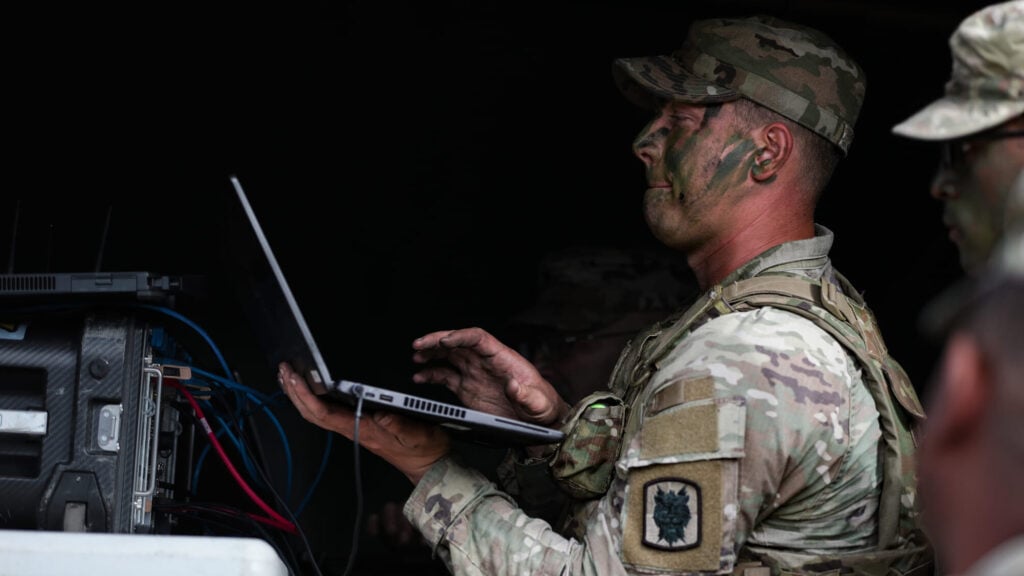
Army looks at revamping acquisition, asks for industry help as it builds network of the future - Breaking Defense
"I think the most important thing that I'm communicating to industry is that we need a flexible network in the future," Mark Kitz, leader of PEO C3T, told Breaking Defense. "And we need to be able to iterate our programs so we can have that flexible network in the future."
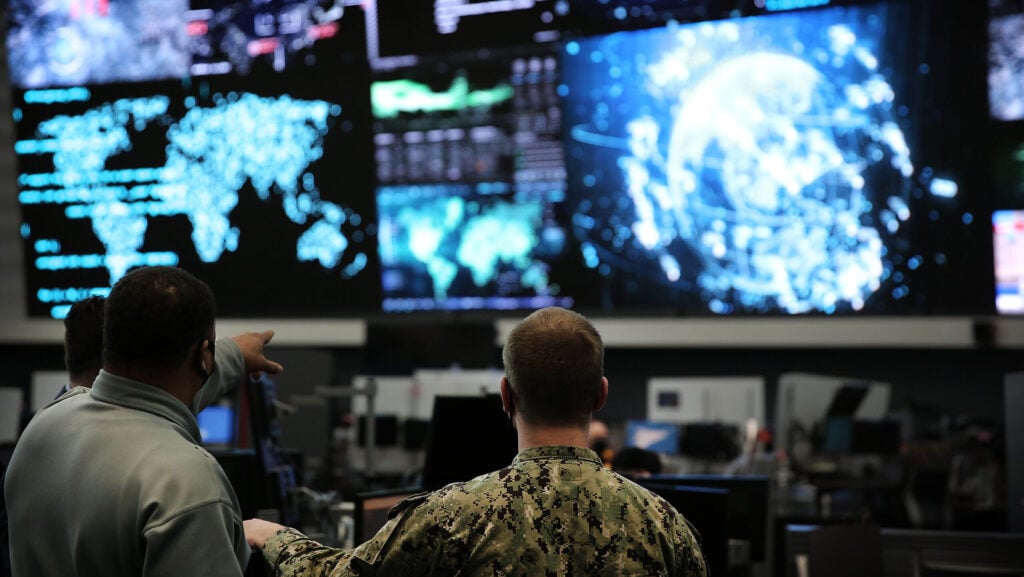
'It’s going to be huge': Cyber Command gains new authorities to hire & buy - Breaking Defense
Granted by Congress in the 2022 defense bill, the new authorities let Cyber Command handle matters traditionally reserved for the armed services.
- Reaction score
- 7,417
- Points
- 1,160
How much can be done with electrons before committing boots?
My sense is that Cyber, Situational Awareness and G-BAD/C-UAS and UAS will be re-establishing new ground rules.
Nobody worries too much if the enemy kills a couple of hundred bits of $5000 plastic. The next flight will do better.
My sense is that Cyber, Situational Awareness and G-BAD/C-UAS and UAS will be re-establishing new ground rules.
Nobody worries too much if the enemy kills a couple of hundred bits of $5000 plastic. The next flight will do better.
- Reaction score
- 13,746
- Points
- 1,260
There are other groups working on that. They sometimes intersect the procurement folks, sometimes not.Wish we would figure this stuff out along with the procurement, but generally think because of resource constraints it never gets prioritized until you get closer to delivery, with some pretty crazy assumptions sometimes made that jeopardize being allowed to actually use it.
A lot of the regulatory stuff isn’t so much what is required in the UAS, but where/how high it can legally fly. In the case of C-UAS, it’s what agency has the lead to do C-UAS stuff.
OldSolduer
Army.ca Relic
- Reaction score
- 12,618
- Points
- 1,140
Can we develop a UAS to taunt the bad people?


- Reaction score
- 7,417
- Points
- 1,160
C-UAS system for the Section
Acquire the target, squeeze the trigger and..... wait for it... wait for it.... wait for it..... Bang!
Acquire the target, squeeze the trigger and..... wait for it... wait for it.... wait for it..... Bang!
- Reaction score
- 7,417
- Points
- 1,160
5.7 BUSD drone programme for the UK based on Ukrainian experience (over 10 years)
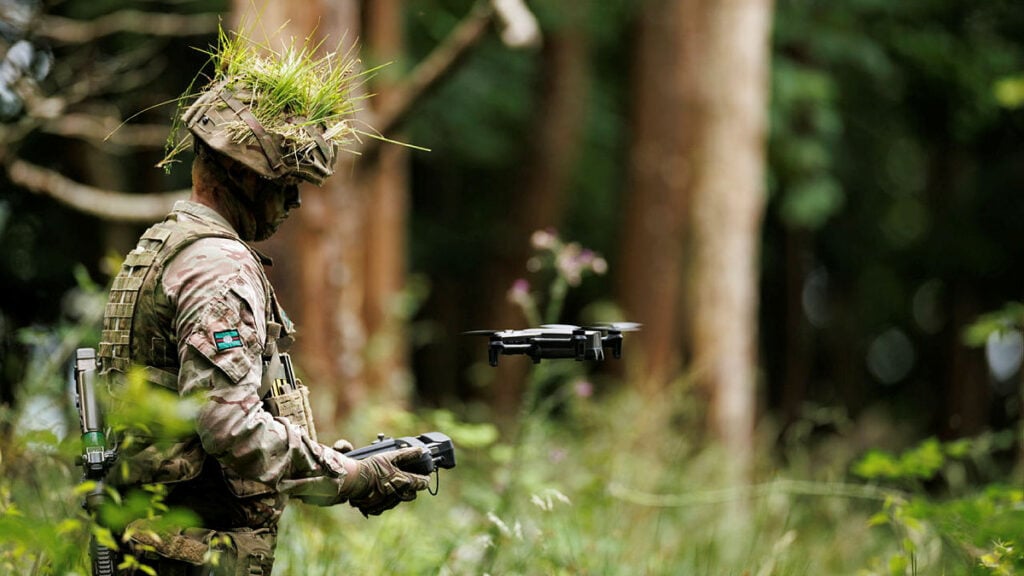
 breakingdefense.com
breakingdefense.com
Announced in Belfast - home of Thales UK - missiles like Starstreak and UAS systems.
US arguments for a US Army Drone Branch.
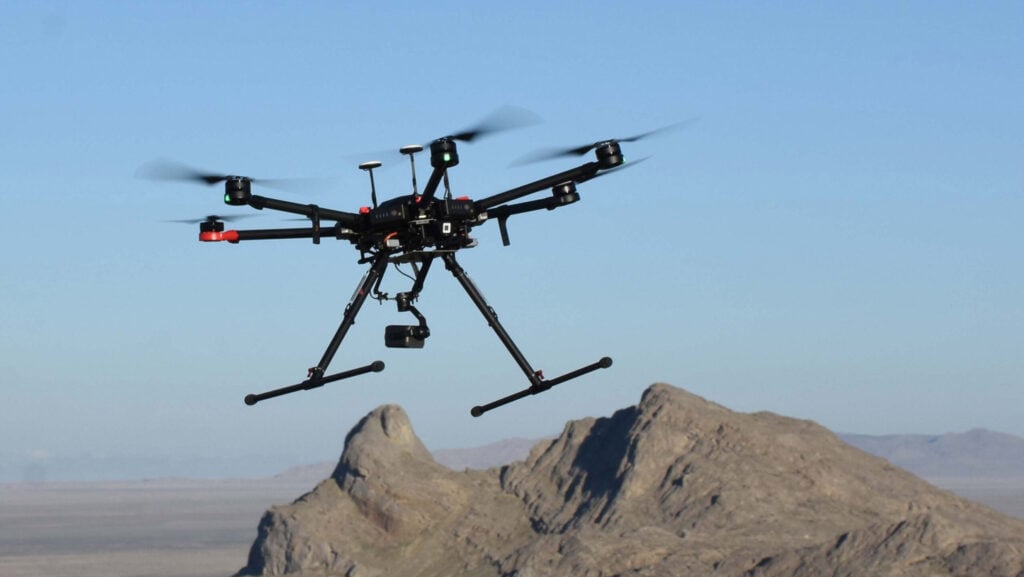
 breakingdefense.com
breakingdefense.com
four key categories’: naval mine clearance, one-way attack, heavy lift and ISR.
Dependent on “constant adaptation and iterative development” new drones manufactured by British industry are expected to “deliver a more potent military effect that ensures we are better able to defend and deter.”

UK launches military drone strategy backed by $5.7 billion funding and Ukraine analysis - Breaking Defense
“We have learnt, and will continue to learn, important lessons relating to uncrewed technology from Russia’s illegal war in Ukraine, including developing and delivering long range air and maritime strike uncrewed systems,” notes the new 11 page UK military drone strategy.
Announced in Belfast - home of Thales UK - missiles like Starstreak and UAS systems.
US arguments for a US Army Drone Branch.

Why the Army needs a drone branch: Embracing lessons from Ukraine - Breaking Defense
In this op-ed, Army Lt. Col. Robert Solano argues the need for the US military to boldly embrace how it approaches uncrewed systems.
- Reaction score
- 7,417
- Points
- 1,160
Drones large and small

 defence-blog.com
defence-blog.com
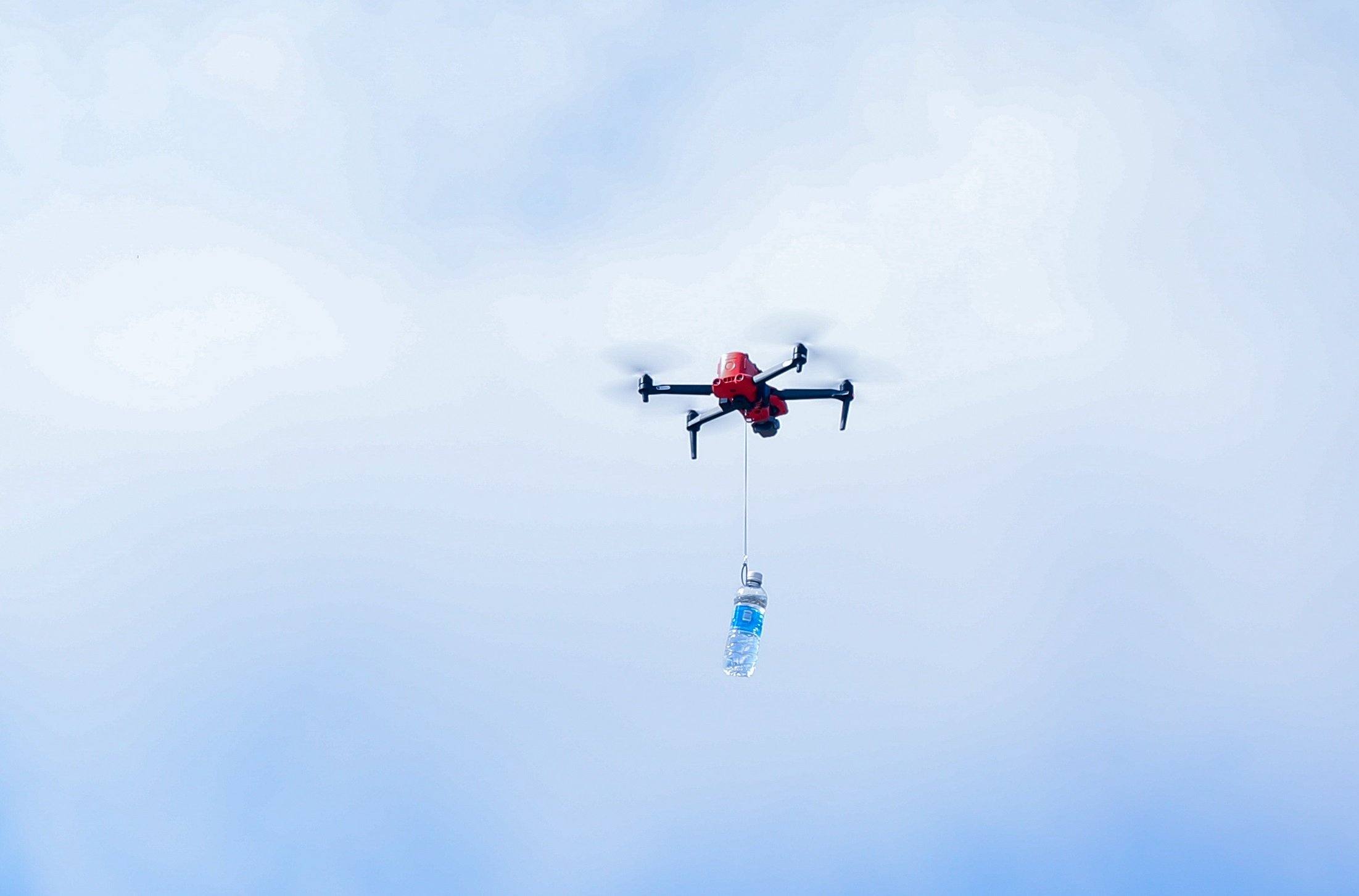
 defence-blog.com
defence-blog.com

US Marine Corps stealthy Valkyrie drone completes second successful flight
The U.S. Marine Corps Headquarters conducted a joint test mission for the XQ-58A, a highly autonomous, low-cost tactical unmanned air vehicle, on February 23, 2024, at Eglin Air Force Base, Florida. Serving as a testbed platform, the XQ-58A facilitates the development of technologies and...

US Army shows interest in small, cost-effective drones
The US Army has issued a request through an official government contracting resource, expressing interest in small and comparatively inexpensive unmanned aerial vehicles (UAVs). According to the request, The Program Executive Office (PEO) Aviation, Project Manager (PM), Uncrewed Aircraft...
Similar threads
- Replies
- 48
- Views
- 19K

